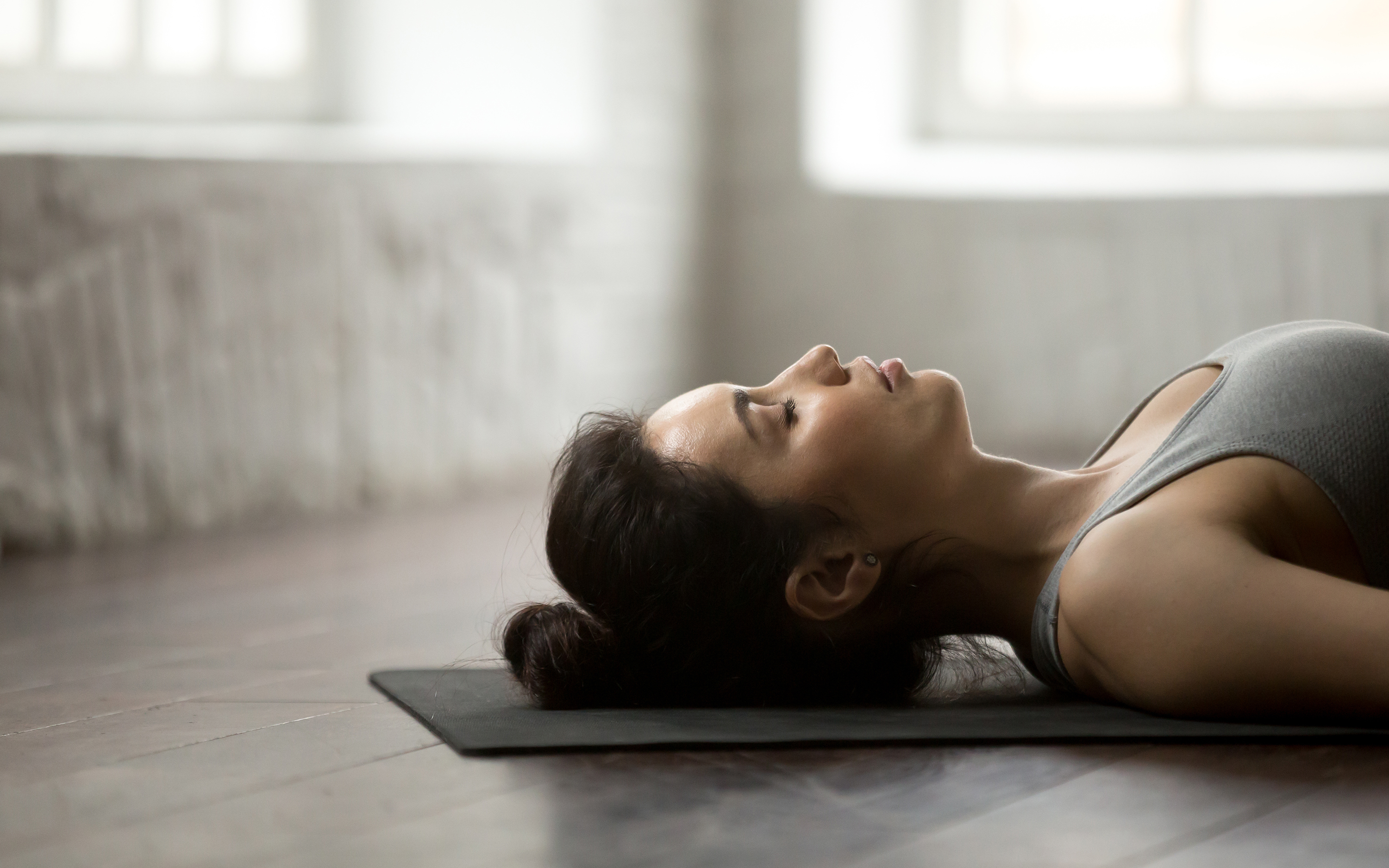It’s hard to breathe; the air enveloping us is hot, stagnant. I look around a bit frantically at the other passengers packed tightly in the old train car. A young mother attempts in vain to open a window, able to budge it only a crack. No matter. In the midst of this Paris summer heat wave, the air outside is just as thick, oppressive, and oxygen-deprived as it is inside. The sweltering humidity bears down upon us, sweat slowly beading up before sliding down my face, neck, chest, and back. Over the crackling overhead speaker, the conductor announces what we’ve already surmised—a delayed departure.
My fellow travelers become increasingly restless, wipe wet brows, and shift uneasily in narrow seats, their discomfort leaning threateningly toward desperation. I glimpse it in the eyes of the college-aged backpacker seated across from me, so close his knees nearly touch mine, and in the young mother’s fruitless fanning of her little one. I peer over at my seventeen-year-old daughter and watch nervously as her eyes grow gradually wide, my mind quickly registering her expression—she is teetering on the precipice of a full-blown panic attack. In a whispered voice, I firmly instruct her to close her eyes and take deep breaths, lengthening each exhale. I reassure her that we will be on our way soon and hope I sound more convincing than I feel, for I, too, am struggling but trying to keep panic at bay.
I close my eyes and fall back on the meditation practice with which I’ve begun my mornings for the last fourteen years. I ease my shoulders downward, unknit my brow, and observe the natural rising and falling of my lower abdomen. Inhale. Exhale. Rising. Falling.
At a primal, maternal level, I intuit that she is depending on me to remain calm and steady for us both. Instinctively, I close my eyes and fall back on the meditation practice with which I’ve begun my mornings for the last fourteen years. I ease my shoulders downward, unknit my brow, and observe the natural rising and falling of my lower abdomen. Inhale. Exhale. Rising. Falling. My attention darts to the prominent feeling of pressure in my chest. I notice and, as best I can, accept the current body sensations as they are. I usher my attention back to the rising and falling of my belly. Inhale. Exhale. I wonder, yearningly, when will this end? Longingly, I imagine the sweet relief of cool air. It’s okay, I coax myself. Inhale, exhale. Rivulets of sweat repeatedly usurp my tenuous attention. Notice. Allow. Breathe.
Slowly, the panicky feelings subside, moving out like the tide. My strength is restored. I open my eyes to check on my daughter, who, with eyes still closed, seems to have steadied herself, as well. The train sputters and rolls away from the station and a rush of air circulates blissfully through cracked windows. Seemingly simultaneously, we all breathe a deep, collective sigh of relief.
The Mindful Break
Mindfulness has come to my rescue on numerous occasions—in the midst of post-partum depression, while helplessly watching loved ones in pain, and in overwhelming moments of conflict, fear, and grief. Though my Paris tale may be a first-world, champagne-problem of sorts, it is also a real-life illustration of the powerful grounding effects of mindfulness. Whether we’re faced with the all-encompassing pain of loss or merely withstanding a temporarily unpleasant situation, the Keeping Panic at Bay Mindful Break is a steadying anchor of calm in the midst of any life-storm.
1. Notice
Close the eyes, if possible, though this break can also be practiced with eyes open, if necessary. Starting with the feet and moving upward, briefly scan each section of the body—lower legs, upper legs, bottom, stomach, chest, lower back, upper back—noticing and relaxing any areas of tension. Drop the shoulders, allow the arms to hang loosely, and soften the hands. Relax the jaw and tongue. Unfurrow the brow and forehead. Along the way, you might recognize other sensations not so easily mitigated, such as heaviness in the chest, nausea, aching muscles, headache, or stomachache. Simply notice.
2. Allow
When faced with unpleasantness, fierce resistance is common, both in body and mind. Muscles tighten and thoughts futilely question and implore: Why is this happening? This is so horrible! I can’t do this! The more we resist, the more painful it is, as we heap on the layers of struggle. Allowing does not mean we give up and give in; it does mean we acknowledge conditions as they are in this moment. Of course, if there is something that can be done to immediately alleviate the suffering, by all means, do. If, however, you have little control (except your reaction to it), lean into allowing. Though you may not like it one bit, it is your current reality. Fighting against it is a pointless exercise in frustration. As best you can, allow and accept, for now.
3. Breathe
Yes, I know you’ve been doing it all your life, but trust me on this one. When we are in distress, we unconsciously, intermittently hold our breath and breathe shallowly in the chest, alerting our nervous system to a threat. In order to counteract a cascade of fight-or-flight reactions, breathe deeply, filling up the belly and chest on the inhale and emptying on the exhale. Then, allowing the breath to come and go in its own rhythm, bring your attention to the natural rising and falling in the belly. When your attention drifts off, as it surely will countless times, kindly and firmly return it to the home base of the breath. Begin again and again, as you patiently ride out the passing storm.
Note: As with all things mindfulness, this break becomes easier the more we practice. Crisis meditation can be effective, but not nearly as much as when we meditate regularly. If you haven’t yet established a daily meditation habit, let this mindful break inspire you.
Read more
How Mindfulness Helps You Find Time
By taking simple, mindful breaks, we can become more aware of our thoughts, emotions, and habits, which brings the clarity we need in order to choose how we spend our days.
Read More
Mindfulness for Pain Practice: Soften-Soothe-Allow
A guided practice to bring awareness to the presence of pain or difficulty in your body, see if you can make a little space for it with a little kindness.
Read More








